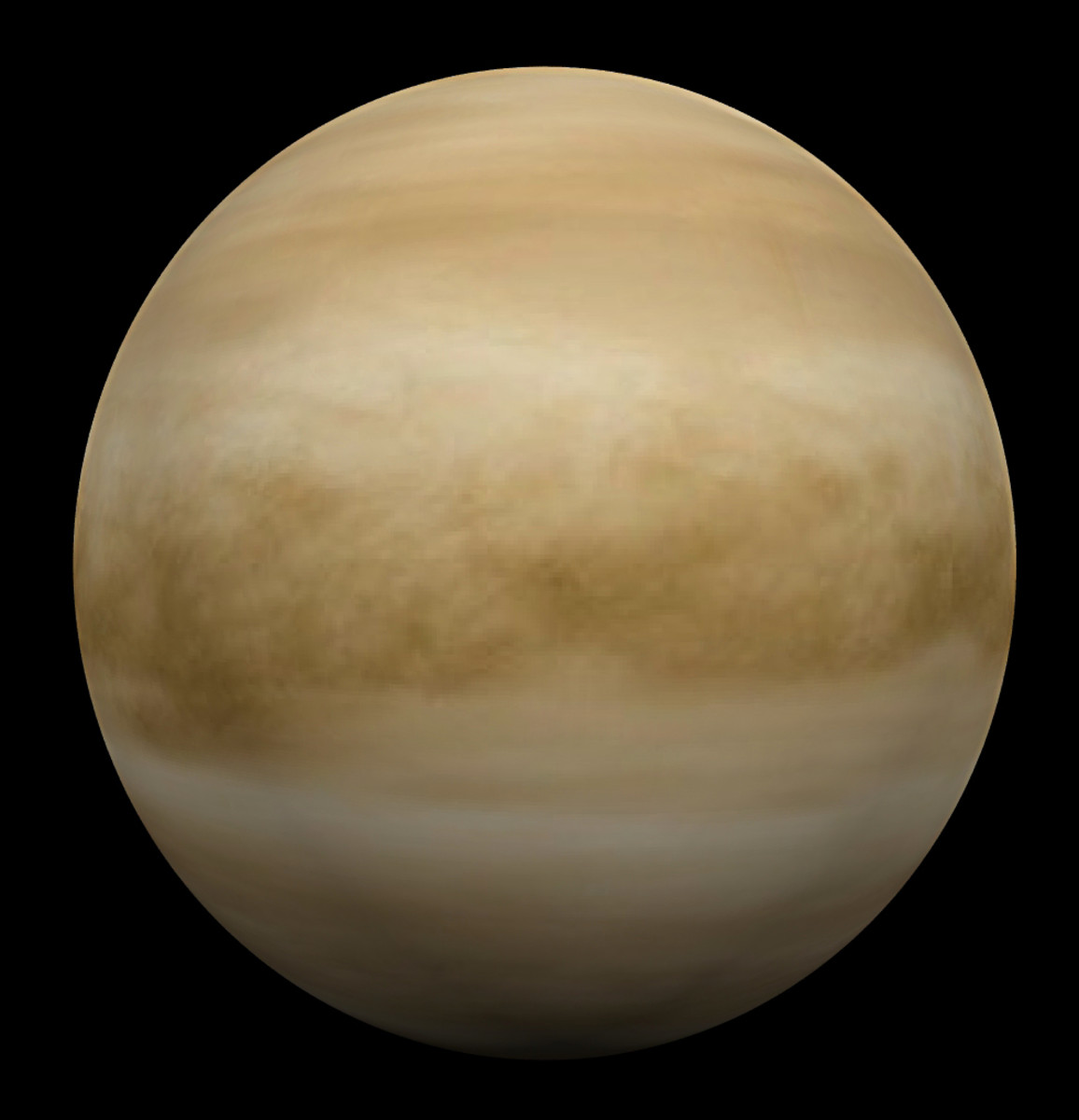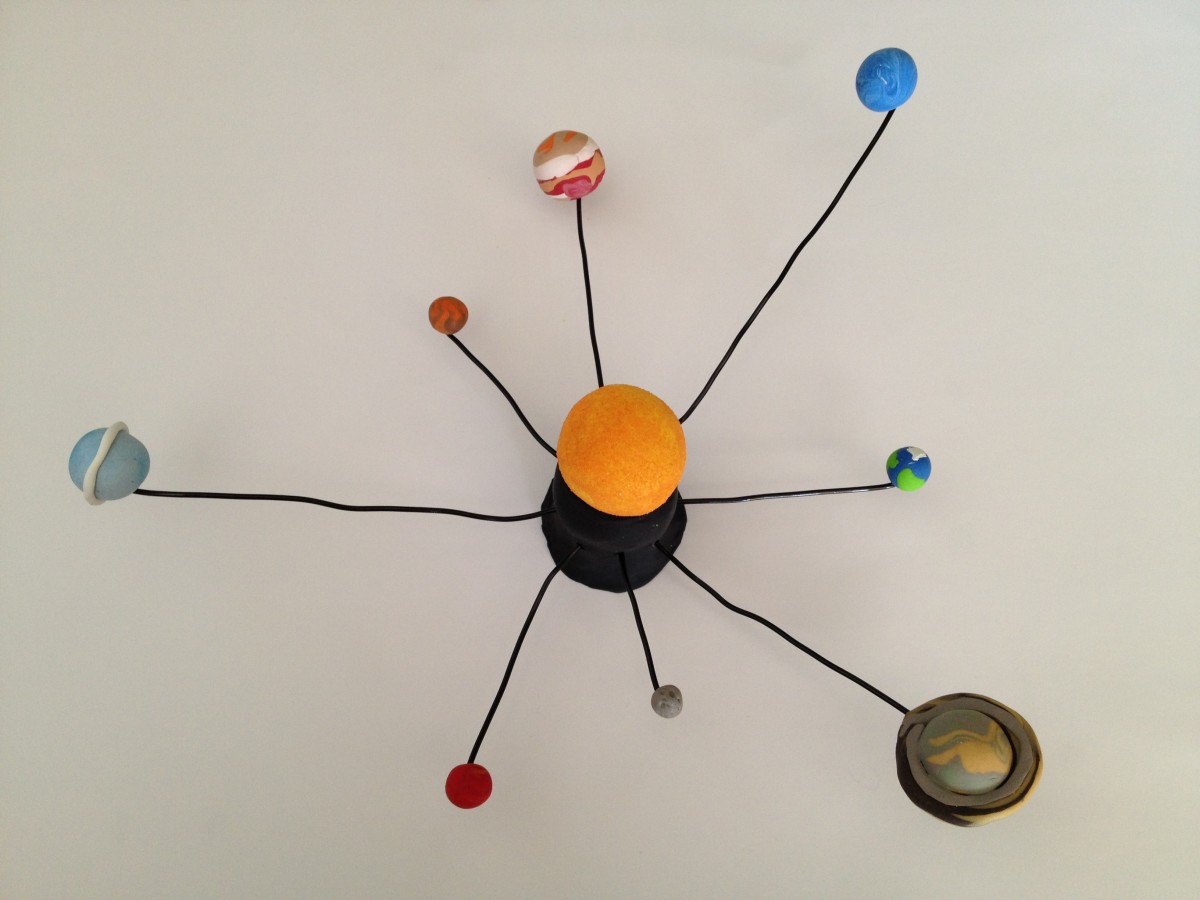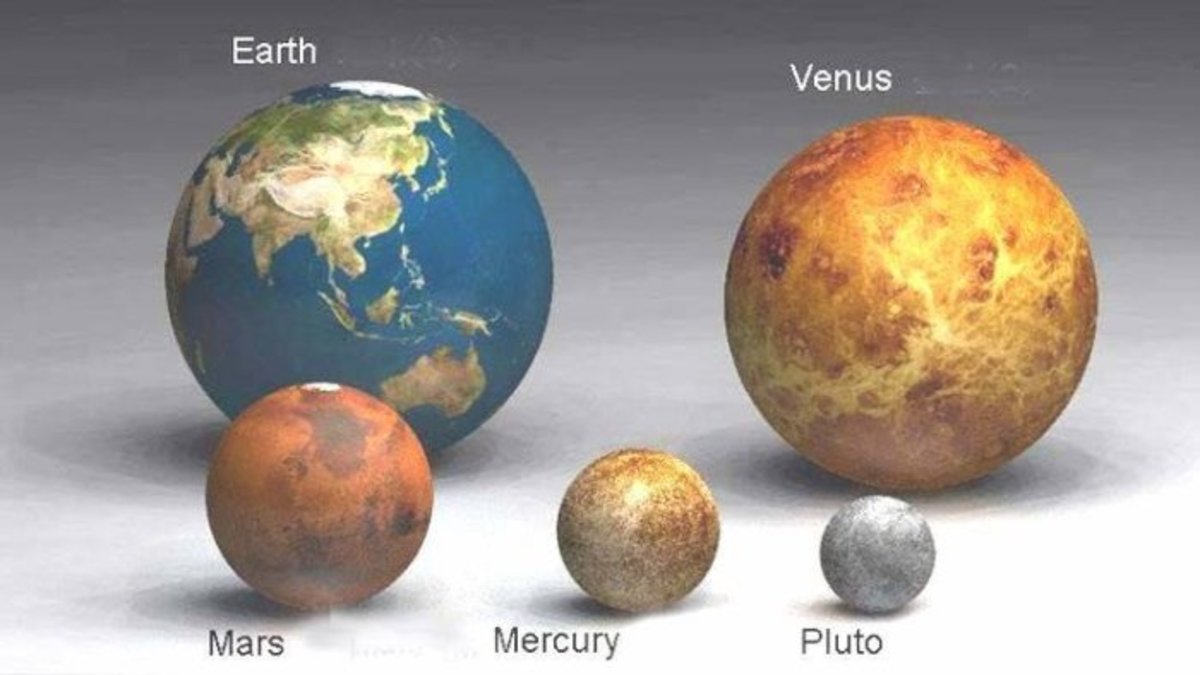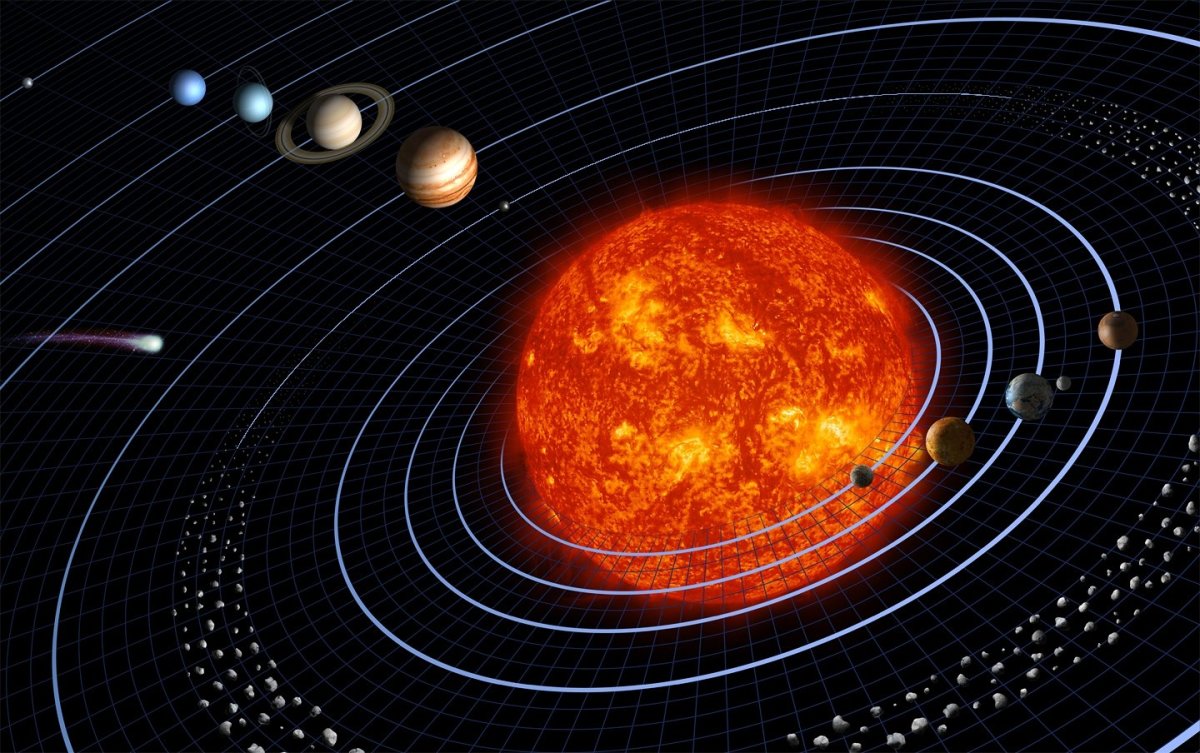In Search of Nemesis
The Solar System
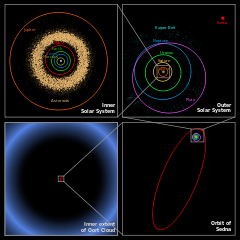
Mass Extinctions
Whilst studying reports from Paleontologists a scientist, Richard Muller, noticed that mass extinctions seem to happen in a regular pattern, every 26 million years.
He hypothesized that this could mean that a pattern was due to an object, still unknown to us, orbiting in our solar system, probably a Sun. This would therefore mean that our solar system is in fact a binary sun system, a system that has two suns.
This is not really very far fetched as 60% to 70% of all known stars are in fact binary systems.
The theory is that if our sun did have a twin, it was in such an orbit that every 26 million years it passed through the Oort belt. This is a cloud of rocks on the edge of our solar system and is the source of most comets.
The Oort belt is made up of millions of large rocks or planetoids. These rocks were left over from when the solar system formed and are the rocks that failed to join together to form a planet. Over the millions of years since the formation of the solar system, they have found their own place in the belt and will usually remain where they are. If though, a large object passes through this belt it could cause some of these rocks to move, perhaps sending dozens, hundreds or even thousands of them hurtling through the solar system, some of which may be sent on a collision course with Earth.
The Twin
What most people at first think is: if our Sun had a “twin” then surely we would see it.
This though is not necessarily the case though.
70% of all stars are known to be Red Dwarfs. As their name implies, they are smaller than the other Sun like stars. They have not reached enough mass to attain nuclear reactions and so are therefore not as bright as the other stars. This all means that with a backdrop of the night sky, it would not be easy to see.
In a binary star system, both “suns” revolve around the same point. However, just as on a seesaw, if one person is lighter they have to sit further out to balance against a heavier person; a lighter sun would have to orbit in a larger circle to maintain the balance. With the proposed orbit taking 26 million years then the twin is estimated to be much lighter than our known sun. This too then, points to the twin being a Red Dwarf.
So, does Muller’s theory hold up?
Scientists have decided that the theory is credible enough to use the Wide-field Infrared Survey Explorer (WISE) satellite to look for the twin sun, presumptively named Nemesis. This is a satellite that is specifically used to search space in the infrared spectrum, which looks for objects that are not so bright in the sky. The search though could take years though as they don’t know which part of the sky to start looking.
- New Planet Discovered
A new planet has been discovered that scientists believe could support life. Why is it that scientists seem obsessed with finding life on other planets when there are still millions of undiscovered life forms on our own planet?
Planet
Whilst looking for Nemesis, scientists noted an irregularity in the Oort belt. It is not thought to be Nemesis as, if it existed, was not due for another 10 million years. The irregularity was confirmed though.
Scientists now believe that there must be yet another planet in our solar system, one that orbits close enough to the Oort belt that its gravity has an effect on the otherwise uniformity of the rocks.
If there is such a planet hidden in the Oort belt, then it is estimated that it is a gas giant somewhat bigger than Saturn. This has been named Sedna.
With the timing of this discovery, some have speculated that it could be the arrival of Nibiru the legendary planet-X supposedly inhabited by the Annunaki of ancient Sumerian fame.
Considering that the Oort belt is situated approximately one light year away from our Sun, it is doubtful that even if this was the mythical “lost” planet, it would have a disruptive effect on Earth in time for the December 2012 supposed apocalypse.
- Planet Sedna: A Link to Nibiru
Planet Sedna, is a recently found planet, smaller and more distant than Pluto. It is thought that its orbit is influenced by a larger planet. Could this be a clue to the legendary planet Nibiru? - A New Planet Found INSIDE Our Solar System
All the time the scientists have been looking further and further away, to try and find planets. It turns out they may have missed some in our own solar system. - Is an Asteroid, on a Collision Course?
At some time, scientists say an asteroid will hit Earth. What are we doing to protect ourselves? - Is the Earth Already Changing Orbit?
Recently the Japanese failed to put a spacecraft in orbit around Venus. Was this due to the target[Venus] having moved or was it because Earth has changed its orbit? - Alien Life in Our Solar System
With so many whistle blowers speaking up about NASA, could they all be lying?

